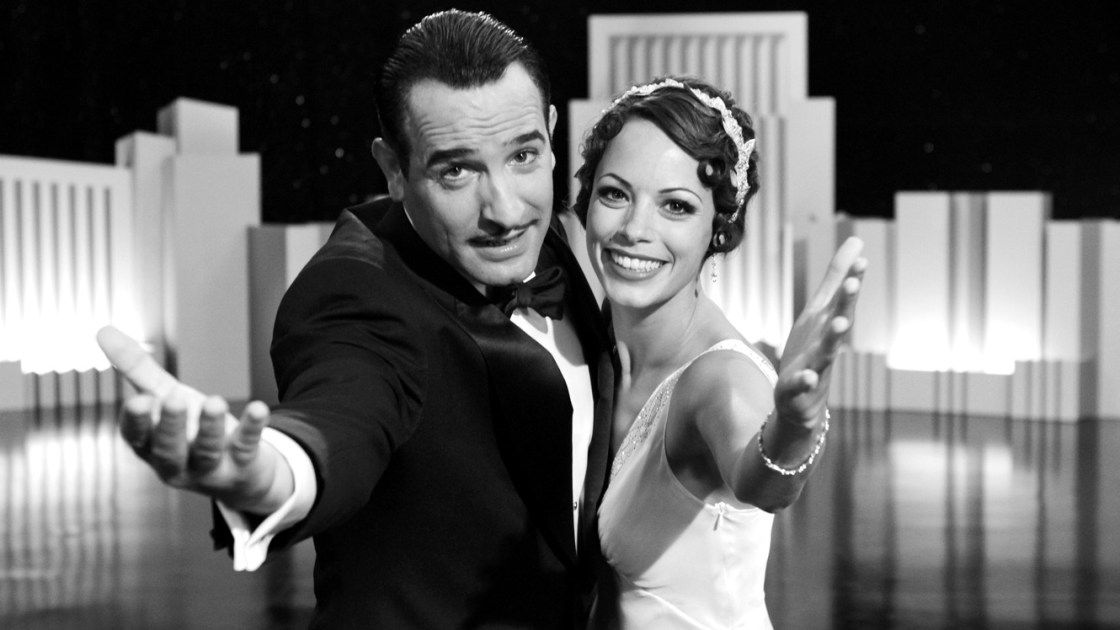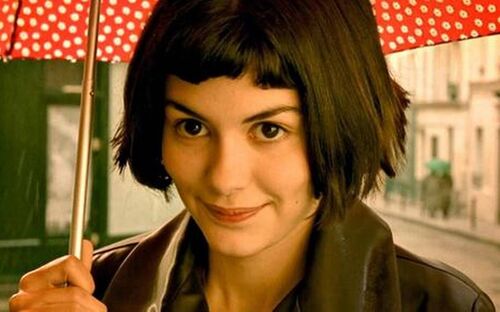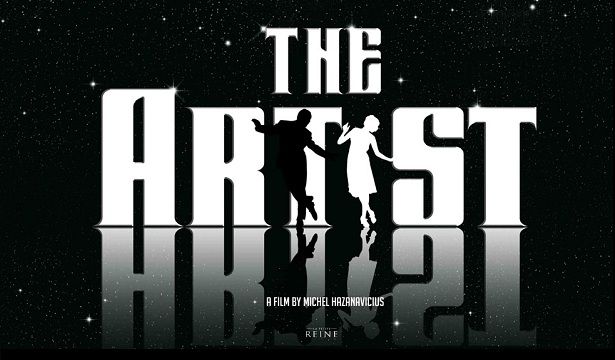
‘The Artist’ (2011) Review
 The first motion picture silently and magically appeared towards the end of the nineteenth century. In the early years of the twentieth century, the industry waved another artistic wand or two and abracadabra! We had conversation and colour. In the ensuing century (give or take a decade or three), the leaps and bounds made in the name of cinematic creativity seemed limitless: CGI, 3D, ever-evolving animation … not to mention clever cinematography so subtle that while we appreciate the effect, we may not notice its presence, let alone name the technique. A far cry from early movies with low frame rates and monochrome worlds. So why would anyone want to make a silent black and white movie now?
The first motion picture silently and magically appeared towards the end of the nineteenth century. In the early years of the twentieth century, the industry waved another artistic wand or two and abracadabra! We had conversation and colour. In the ensuing century (give or take a decade or three), the leaps and bounds made in the name of cinematic creativity seemed limitless: CGI, 3D, ever-evolving animation … not to mention clever cinematography so subtle that while we appreciate the effect, we may not notice its presence, let alone name the technique. A far cry from early movies with low frame rates and monochrome worlds. So why would anyone want to make a silent black and white movie now?
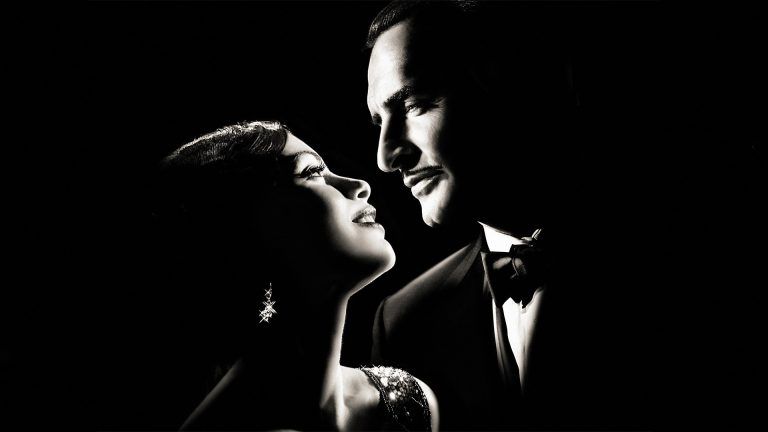
I Just Wanted To
Director Michel Hazanavicius wanted to, hence his delightful masterpiece, ‘The Artist’. When asked why, he struggles to give a definitive answer:
“I guess I just wanted to do it.”
We don’t question the photographer who favours black and white over colour because we can see the beauty in varying shades of grey and likewise, one cannot deny the classy clarity of a movie in monochrome; especially with the benefit of modern camera work. Set in the 1920s, it is fitting, also, to ditch the dialogue and so we are treated to title boards in French, but nothing that one’s GCSE in the subject can’t handle.
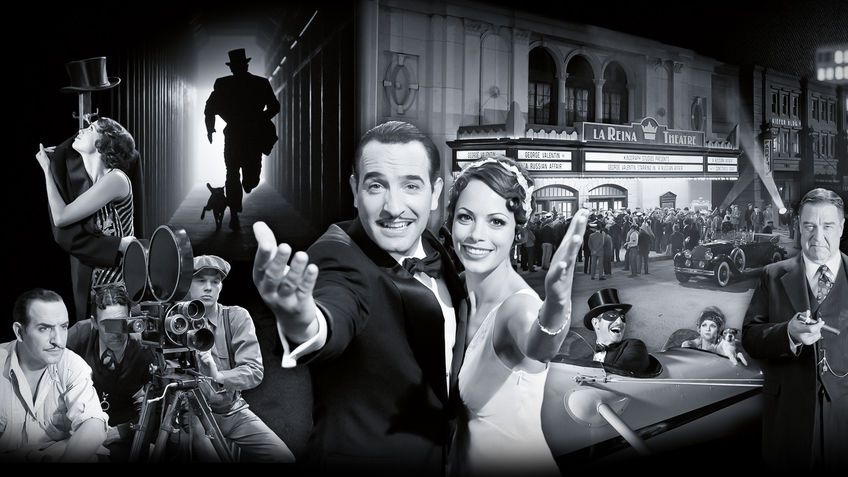
Silent Movies to 'Talkies'
This is ‘Singin’ in the Rain’ (without the singing) meets ‘Frasier’. Set during the shift from silent to talking movies, the plot centres on successful actor, George Valentin (Jean Dujardin), reluctant to reinvent himself as a ‘talking’ actor. His flirtation with rising star Peppy Milller (Berenice Bejo) is consigned to just that, when she leaves him standing in silence to tap dance her way into ‘talkies’.
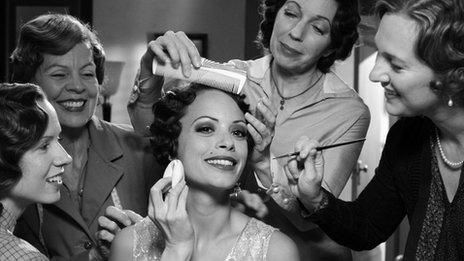
Cute Cameo
With no dialogue, facial expressions are paramount and the cast, particularly our leading couple, are surprisingly adept, considering their usual indulgence of speech. Uggie the dog is the cutest cameo role to grace a film set (hence the similarity to Frasier); as well as being exceptionally entertaining, he lightens some otherwise gloomy or awkward moments.
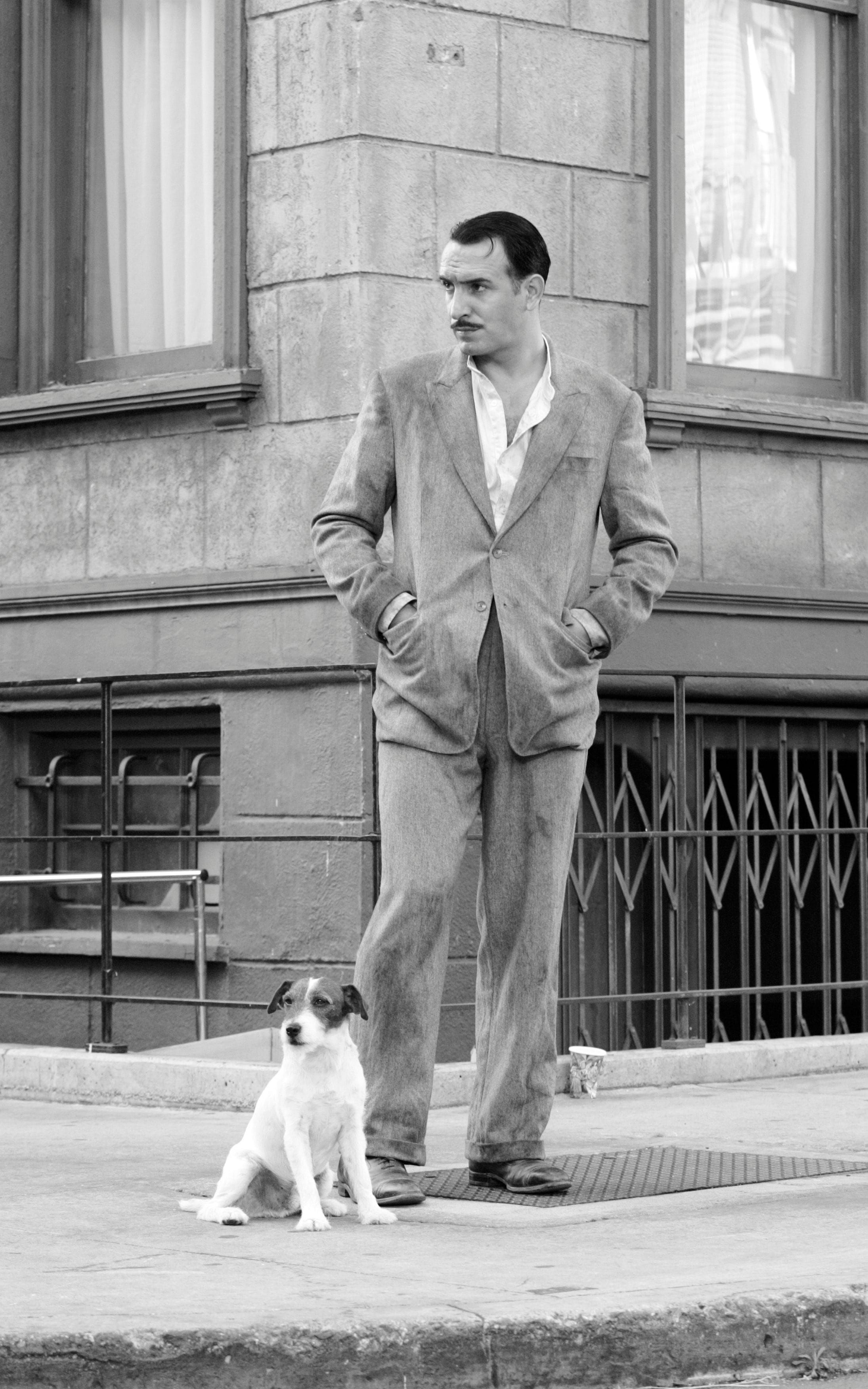
Quirky
The quirkily gentle imagination of the director is manifest throughout, but special mention must go to the scene where Peppy sneaks into George’s dressing room and uses his jacket to make-believe she is in a clinch with him. And George’s nightmare of movies with sound, reminiscent of the advent of colour in ‘Pleasantville’, is strangely distressing yet comedic.
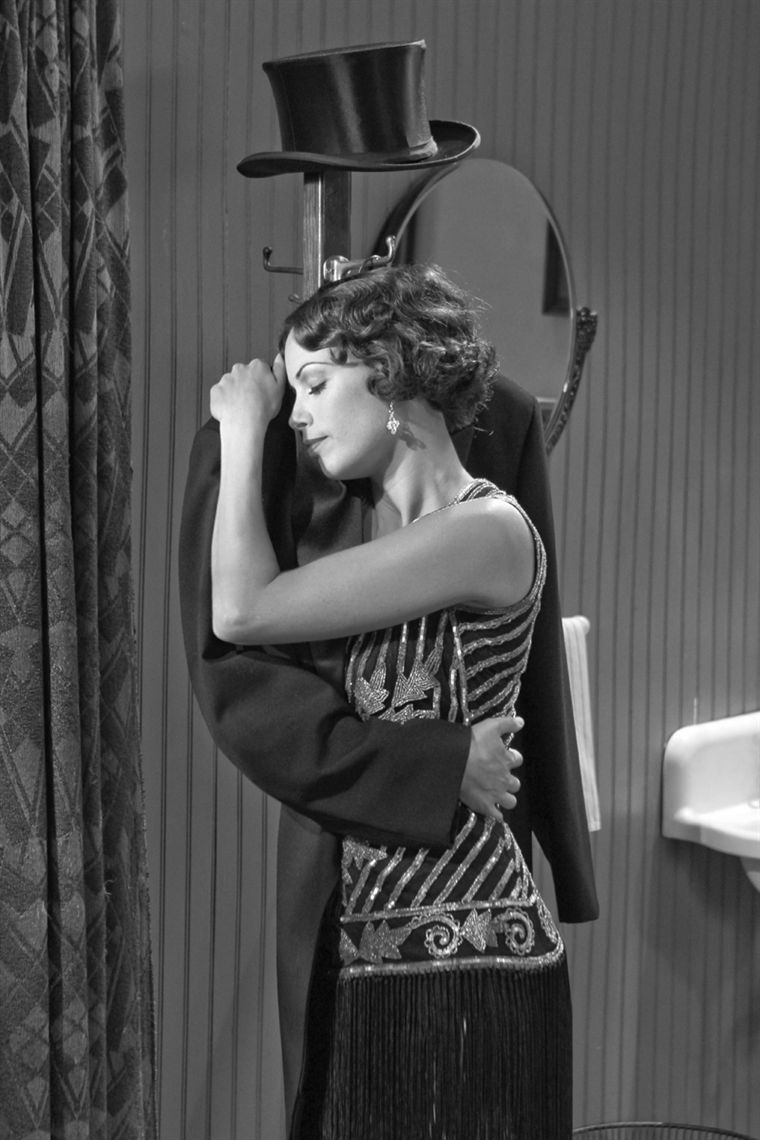
Charming
Ludovic Bource provides the score of accompanying music so distinctly French, you could be sipping coffee on a cobbled street outside a Parisian cafe. And in true silent movie style, it reflects the atmosphere of each scene commendably, the timing allied with changing expressions and the use of title boards.
A brave choice in an industry that has scaled dizzying heights of sophistication within its field, but worth the watch if you appreciate the charm of early movies. Or if you don’t, make the most of this latter day silent movie and make it the one you watch.
